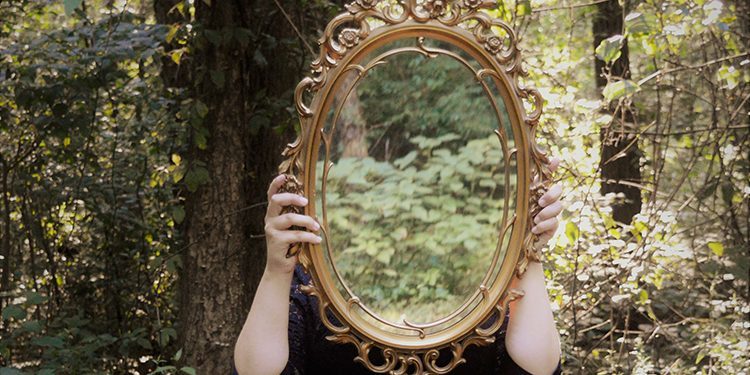“The world is what you think of it. So think of it differently and your life will change.”
Paul Arden.
I was browsing online for a particular image after I wrote my blog last week and one image caught my eye with someone reading a book which had reversed writing on it. Curious, I zoomed in on the book cover: “Whatever you think, think the opposite” by Paul Arden.
Immediately intrigued, I googled the book and bought it second hand. It’s a kind of creative designer self-help book, that was read in half an hour – it was the design and the concept that appealed to me after talking about schema last week. I liked the thrust of Arden’s challenge to seeing things differently and from the opposite perspective and it resonated with my schema revelation that things sometimes ARE just the opposite of what we think. I’ve been noticing how this works for me and how mindfulness does seem to turn things on its head and inside out. I considered how in my last blog I spoke about how mindfulness has uncovered for me certain ‘schema’ and how they unravelled during a compassion meditation. Before studying on the MSc Mindfulness Studies I had not heard of schema before, and I’m still no expert! my background is art, not psychology. However, I am very interested since I spotted them for the first time during my meditation. Caught red-handed! I suddenly saw the ‘schema-story’ as separate from me and was immediately liberated from its control. I know there will be more but at least I know what I’m looking for now and how tricky they can be to catch.
A schema is a pattern of thinking or behaviour created by the mind in order to compartmentalise and file information for quick and easy access – like a mental filing cabinet – we pull out the thought-identification pattern, the section, the etiquette required for each situation automatically. As well as useful and helpful schema like social etiquette, and helpful schema like ‘that is a dog’, our sometimes harmful and flawed self-belief stories are also stored alongside the helpful, which can be troublesome and confusing – for us and others.
The schema mechanism in the mind has us believing our thoughts and persona to be true and solid (a sense of a solid immutable ‘me’) and somehow this comes with a mental block – as it became apparent for me – once a schema has been stored in the mind, it is relegated to the TRUTH/never-to-be-questioned file.
Mindfulness helps me to notice my preferences, it implicitly and gently shines a light on my internal schema. I’m slightly nervous about what else it’s going to shine a light on! Thankfully we are continually reassured by Rob Nairn that actually we are all a ‘compassionate mess’ and that’s ok. It does feel messy sometimes when long-held beliefs dissolve, sometimes like a house of cards, a whole lot comes down with one revelation.
Some of my thoughts are obvious and easy-to-spot everyday thinking – but many are more subtle; it takes some mind-training to be still enough to spot them lurking just under the surface, and among these are the self-critical thoughts coming from the ‘inner critic/s’.
In my case the schema revealed to me were the opposite of a self-critic – they were emotion-blocking-beliefs – telling myself I was OK when I wasn’t in fact OK, I was actually a mess. The internalized message ‘I am OK’ is delivered as an indisputable fact straight from the ego-centric preference system which Rob Nairn speaks of which likes to preserve itself and shuns any threat of annihilation of itself or its schema. At the point of seeing this I hit a melting point, a breaking down, a painful yet liberating joy. A paradox. Like getting a skelf out from your finger that you didn’t know was there but you kept feeling its pain.
These mental frameworks also cause us to exclude new and relevant information to focus instead only on the things that confirm our pre-existing beliefs and ideas. Schemas can contribute to stereotypes and make it difficult to retain new information that does not conform to our established ideas about the world. Read more about schemas here if you are interested! https://www.verywellmind.com/what-is-a-schema-2795873
Mindfulness helps us to see our self-schemas and our predjudices!
My mind is now playing games with this ‘think the opposite’.
As I awoke in the morning, I savoured a feeling gratitude for my lovely bedroom. I lay in bed feeling how fortunate, how safe and cosy and warm I was in my safe and warm bed in my safe and warm house, in the west Wales countryside – a lovely feeling when all of a sudden my mind suddenly re-focused for me that actually I was lying in a bed, on an island surrounded by sea, on a random planet, zooming through space and time in a universe I don’t understand! My illusion was ruined!
My thinking mind seems to be enjoying playing with this concept – my mind is now throwing up all kinds of things about the nature of my reality. This can be unnerving. I come back to my breath, feeling into my body, body like a mountain. This was Heather’s advice during our Insight module if we noticed the mind going off into other dimensions or feeling a bit ‘spaced out’.
The theme of considering the opposite continued for me with another insight during meditation. What came to mind was the image of a bird in a cage which I had seen a couple of years ago in a book about resistance which I had been reading “to help me understand my family members with resistance issues” (– oh the irony!). The book had explained how sometimes our feelings are like a bird in a cage with the door open. They will not come out unless the bird perceives it as safe to do so. This had been easy to apply to others around me and helped me to understand and be sensitive to their emotional needs. With mindful awareness this idea was reversed in my mind and the question spontaneously arose: how does this bird cage relate to me? I contemplated the bird in the cage image and applied it to myself and my own feelings. For two years I have had this image in my mind and now, here was my own mind – presenting it to me – over and over again until I understood that I too needed a safe place to let out my feelings. My mindfulness helped me to notice that I was quick to see others needs before my own.
Katie Byron uses a ‘turnaround’ in her work, where she asks us to reword the storyline and reverse the thrust, which can be very insightful. You can find her on youtube.
It’s funny how we can more easily see others’ schemas – until mindfulness unravels and reveals our own.
Rumi says
“the world exists as you perceive it, it is not what you see but how you see it, it is not what you hear but how you hear it, it is not what you feel, it’s how you feel it.”
Warm wishes to you, until next time.
Lisa Hellier.
Weekly Challenge
This week, some fun. Whatever you think, think the opposite. When you notice thoughts arising, beliefs arising, resistance arising, preference arising, hold it! Be curious. What is going on here? Is this really true?
I’d love to hear any experiences you’ve had around schema, or catching yourself out like this. Any compassionate messiness – please do email me at membership@mindfulnessassociation.net we do always love to hear from you.
And remember, always, administer doses of self-compassion if anything difficult arises for you.
The book I read was: “I don’t want to, I don’t feel like it. How Resistance Controls Your Life and What to Do About It” by Cheri Huber and Ashwini Narayanan


